This week, jihadist gunmen killed 26 tourists. For some reason Islamist diehards, supported by their stooges in British universities, did not pour onto London’s streets with their heads wrapped in kaffiyeh. I wonder why? Perhaps it was because the tourists killed were Indians not Jews or Caucasians, and the place was Pahalgam, a picturesque village in Indian controlled Kashmir, not southern Israel – so nothing to celebrate then.
India has firmly laid blame for the atrocity at Pakistan’s door. Police say the suspects are members of the radical Sunni jihadist group, The Resistance Front, an offshoot of Lashkar-e-Taiba (LT) – ‘the Army of the Righteous’. It appears some of the perpetrators were Pakistani while others may have been Kashmiri. The main aim, but not the only aim of the jihadi group, is to remove India from Kashmir, a goal which originates from India’s partition in 1947.
Britain’s India was never governed as a fully centralized country. It ruled instead through a patchwork quilt of negotiated settlements with some 562 independent principalities, of which Kashmir was one. As part of the partition settlement, these principalities were given license to determine their future.
Given this loose federation, independence was always likely to lead to conflict. India’s first prime minister, Jawaharlal Nehru, and Mahatma Gandhi both propagated the myth that India had always been a unified country. Nehru in particular drew on an imaginary past. With a typical grandiloquent flourish, he said that, ‘At the dawn of history India started on her unending quest, and trackless centuries are filled with her striving and the grandeur of her success and her failures.’
More reflective commentators knew that this was hogwash. As V.P. Menon, constitutional advisor to Lord Mountbatten, noted in The Transfer of Power in India, it was the British who: ‘Had gradually built in India an administrative and political system hitherto unknown…it was they who, for the first time introduced the rule of law and… a democratic form of government.’
But Nehru was not satisfied with the loose federation he inherited from Britain. Having complained about ‘the crushing burden of British rule’, he hypocritically set about a brutal centralization of India.
The Muslim Nawab of Junagadh who had declared to join Pakistan was quickly ousted. Similarly, Hyderabad, a landlocked but medium size country of 82,000 square miles and 16 million people was invaded under the pretext of ‘restoring order’. The Muslim Nizam of Hyderabad had wanted to declare independence. Later in 1961, Nehru subjugated the independent Portuguese colony of Goa. Meanwhile, formerly independent princely rulers were stripped of their remaining powers and neutered.
However, it was Jammu and Kashmir (usually referred to as just Kashmir) that was to provide the most intractable of problems for post-partition India. Like Junagadh and Hyderabad, Kashmir at first declined to declare for either India or Pakistan. The overwhelmingly Muslim population of the state was headed by Hari Singh, the Sikh Maharaja of Kashmir. He favored joining Pakistan even though he feared that this might compromise his position. Perversely the Muslim political leader of Kashmir, Sheikh Mohammad Abdullah ‘the Lion of Kashmir’ was a friend of Nehru’s and at first favored joining India.
The Kashmiri issue came to a head when sectarian tensions developed as persecuted Sikhs and Hindus from the partitioned Punjab fled to Jammu, the largely Hindu province of Kashmir. The refugees fought with their new Muslim neighbors. To protect them, Pakistani militias seized territory within 25 miles of Srinagar. In October 1947, the frightened Hari Singh acceded to India. The line of control between the opposing Muslim militias and the Hindu forces rushed into Kashmir by Nehru, divided Kashmir along a ‘temporary’ frontier that remains to this day.
The plebiscite on the future of Kashmir promised by Nehru to the United Nations Security Council never materialized. And when in 1953 the popular Muslim chief minister of Kashmir began to call for independence, Nehru slapped him behind bars. The western view was that it was the Indian state’s sponsored slaughter of Muslims that had initiated Kashmir’s sectarian violence. Britain and America sided with Pakistan. They saw Nehru’s position for what it was, a blatant land grab. A not surprising move perhaps given that his family originated in Kashmir.
Today the geopolitics has changed. Globally the Indian occupation of Muslim Kashmir is largely forgotten. Thousands of jihadis and their western death cult supporters are not out on the streets of Britain and America protesting for Muslim Kashmir’s independence. India, seen as a bulwark to Chinese expansion in the Indo-Pacific, is far more important to the West than Pakistan, a historic ally of China.
The West’s gradual switch of support to India is a red flag for LT who see in its courting of Modi a continuation of the subjugation of Muslims, symbolized by Britain’s ousting of the Mughal Indian empire. Is it coincidental that the terrorist attack in Kashmir coincided with the visit of US Vice President J.D. Vance and his Hindu wife Usha, about whom Indian media have gushed?
The day after the killings, Modi, at a speech from Madhubani in the northeastern state of Bihar, switched into English to make clear his position to global media. He said, ‘I am telling the world that India will identify, track, and punish every terrorist and their backers.’ Replace here the word ‘backers’ with Pakistan.
Measures taken by India have been wide ranging. Indian army units have been dispatched to the Pir Panjal range to track down the Jihadi suspects; the India-Pakistan border crossing has been closed; visas for Pakistani nationals have been revoked; military personnel at the Pakistan High Commission in New Delhi have been expelled; and Indian staff at the Indian High Commission in Islamabad have been withdrawn. Pakistan, which denies all responsibility, and has condemned the attacks, has nevertheless responded in kind to India’s measures.
Of more importance, India has suspended the 1960 Indus Water Treaty until Pakistan ‘credibly and irrevocably abjures its support for cross-border terrorism.’ The threat to Pakistan water supply is critical. Pakistan Prime Minister Shehbaz Sharif has described it as ‘an act of war’. Sharif has also threatened to suspend the Simla Agreement which brought an end to the 1971 Indian-Pakistan War.
The problem for the Pakistan government is that it has form with regard to its use of Lashkar-e-Taiba. Given the relative asymmetric military strengths of India and Pakistan, the latter has sometimes used Jihadist proxies. As Michelle Macander at the Centre for Strategic and International Studies has pointed out: ‘This conventional overmatch led Pakistan to avoid direct confrontation with India and support the covert use of Salafi-jihadist organizations such as LT. In the early 1990s, a partnership began between the group and Pakistan’s Directorate for Inter-Services Intelligence (ISI).’
In the 1990s Pakistan Jihadis, using a combination of small arms, machine guns and fedayeen (suicide attacks) focused their attacks on police and military outposts. This changed later to the targeting of Hindu civilians. In 2001, an LT attack on the Indian Parliament in New Delhi led to a five-month stand-off between the Indian and Pakistani armies which led to fears of war between the two nuclear powers.
A war of words erupted again after LT’s infamous series of 12 attacks over four days on high profile targets in Bombay, including the famous Taj Mahal Palace Hotel opposite the Gates of India – a hotel in which I previously lived. There were 300 wounded and 166 killed in the LT attacks which, for the first time, focused on foreigners, particularly westerners and Jews. Nine terrorists were killed. Some members of Pakistan’s ISI were also implicated in the Bombay atrocities.
This episode, along with this week’s atrocity, highlights what is often ignored about these recurrent breakdowns between India and Pakistan. Yes, the threat of nuclear war is something that the world should take seriously, but the greater threat may be that LT becomes a major player in global jihad. Thus far the jihadi threat has largely come from Middle Eastern instability. But the much larger Muslim diaspora from the sub-continent potentially poses a much greater long-term threat.
Radicalization of western nationals is a fact. LT already has a global network and has links with other jihadi groups operating in Europe and America. In the Bombay attack, plotters included several Americans such as David Coleman Headley who was radicalized by jihadists in Pakistan. He also plotted a terrorist attack on the Danish newspaper Jyllands-Posten, which published cartoons of the prophet Muhammad.
LT has never focused on global jihad as a primary objective. But that could change with the West’s shift in geopolitical focus. The fear for the West, as Stephen Tankel, author of Storming the World: The Story of Lashkar-e-Taiba, has highlighted, is that LT ‘will travel further into the global jihadi orbit’.










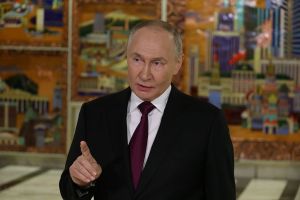


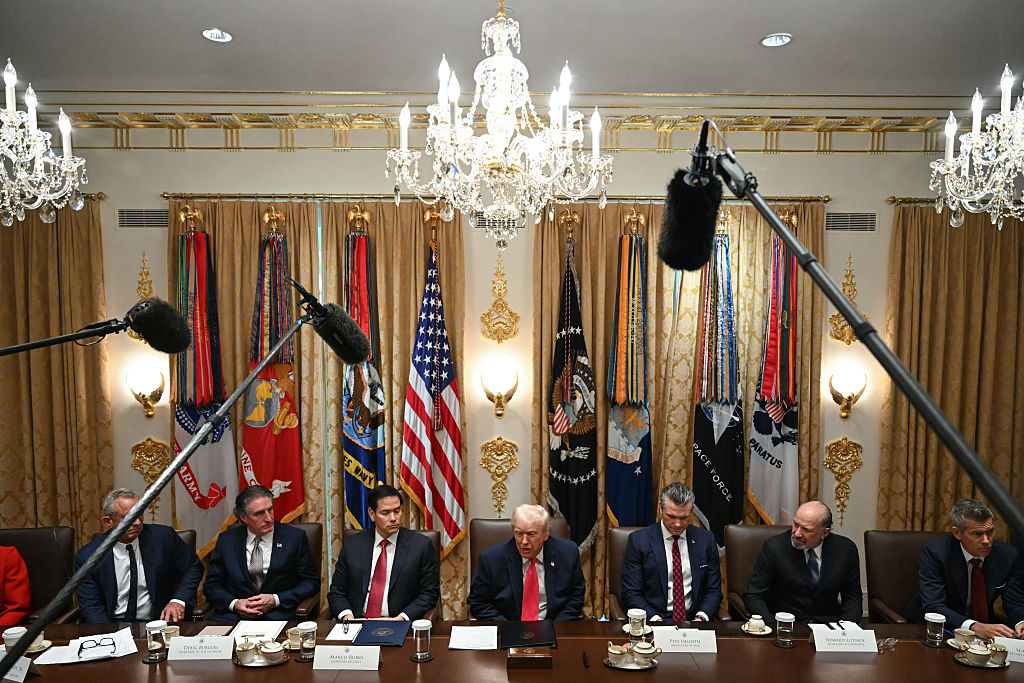
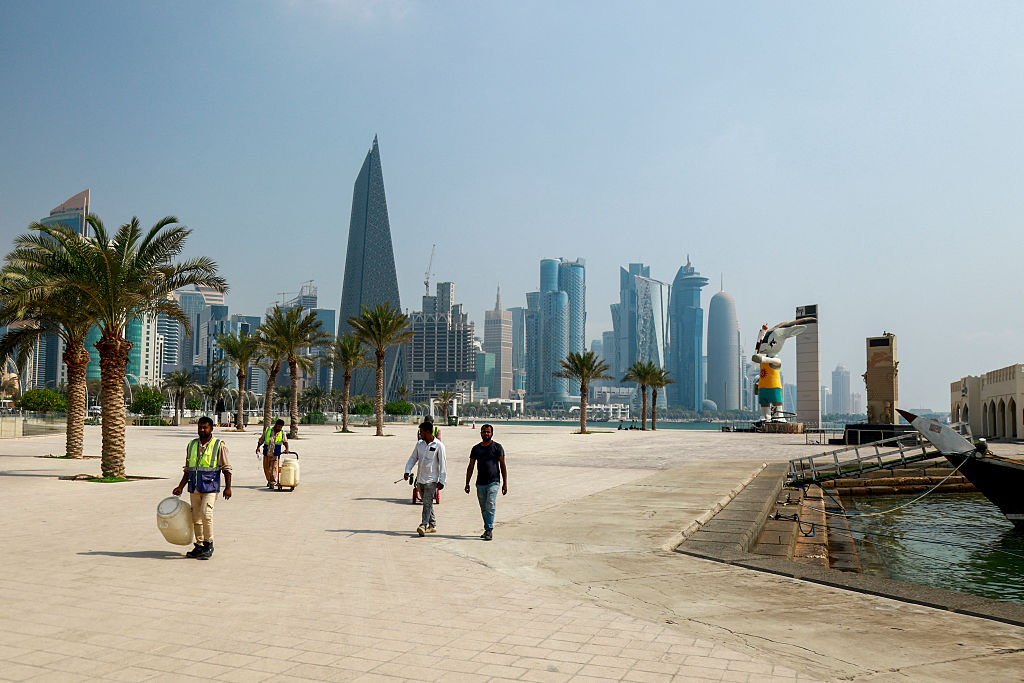
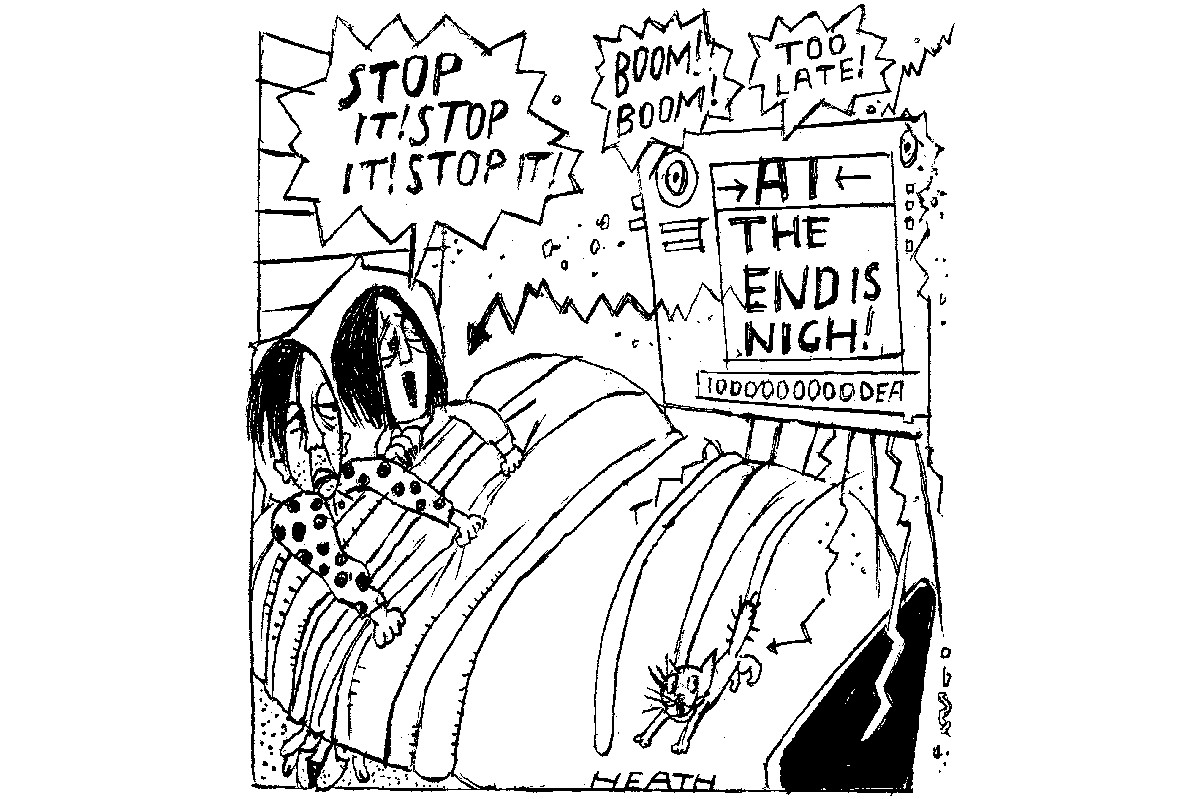
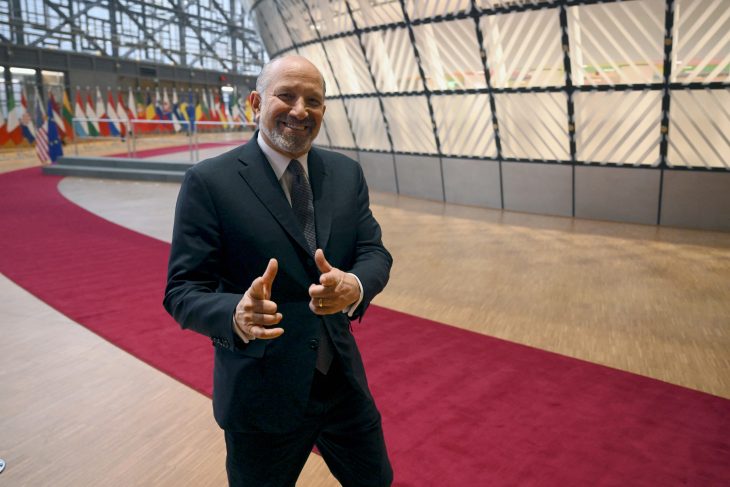
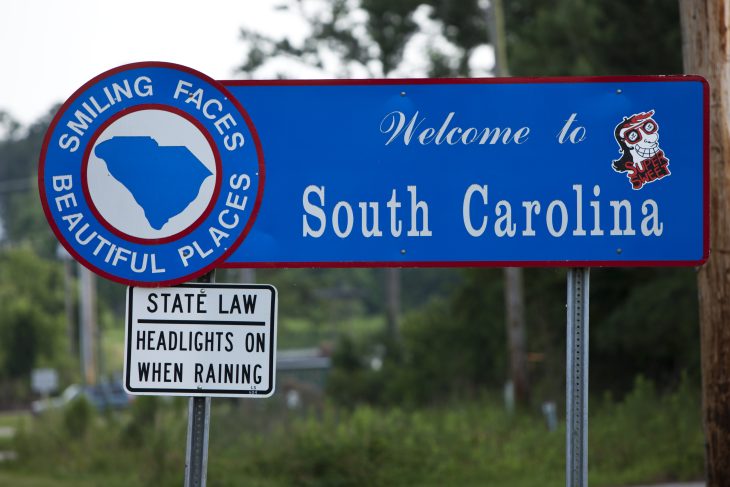








Leave a Reply